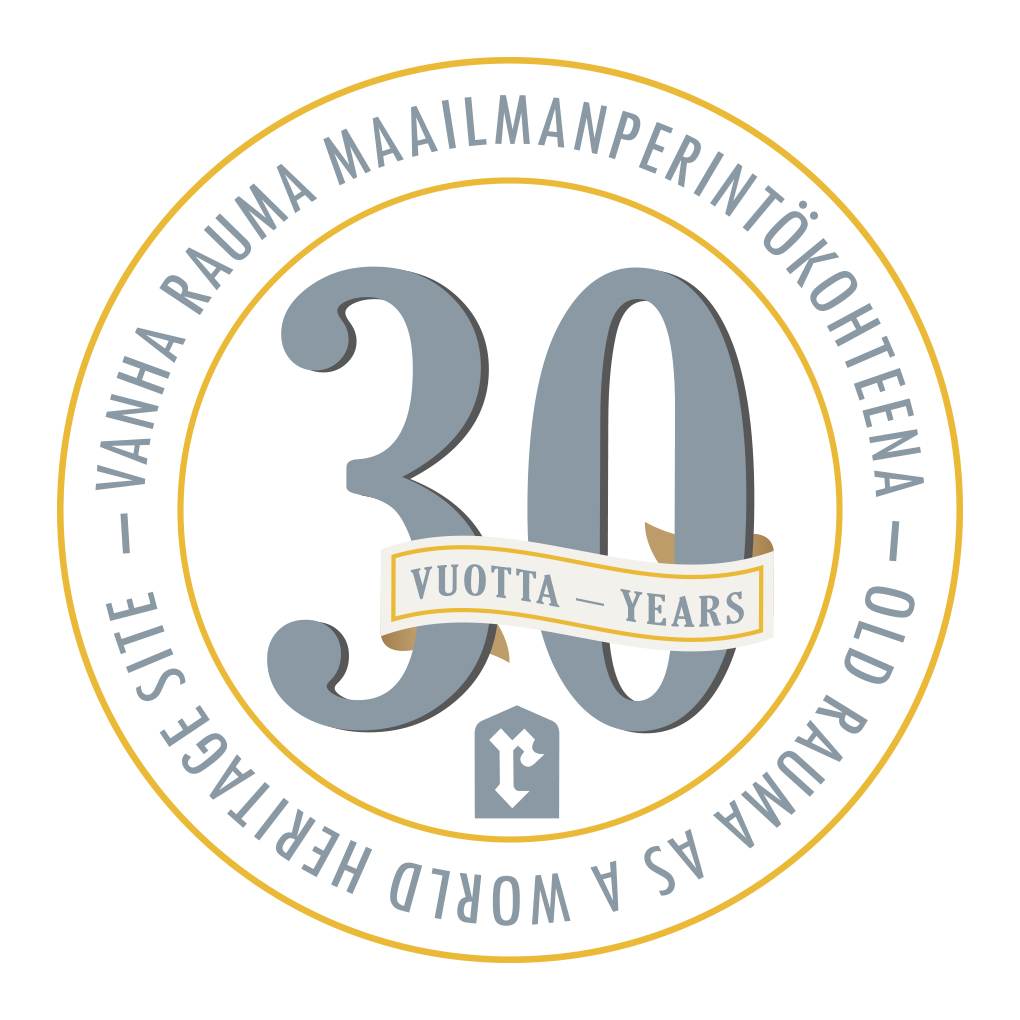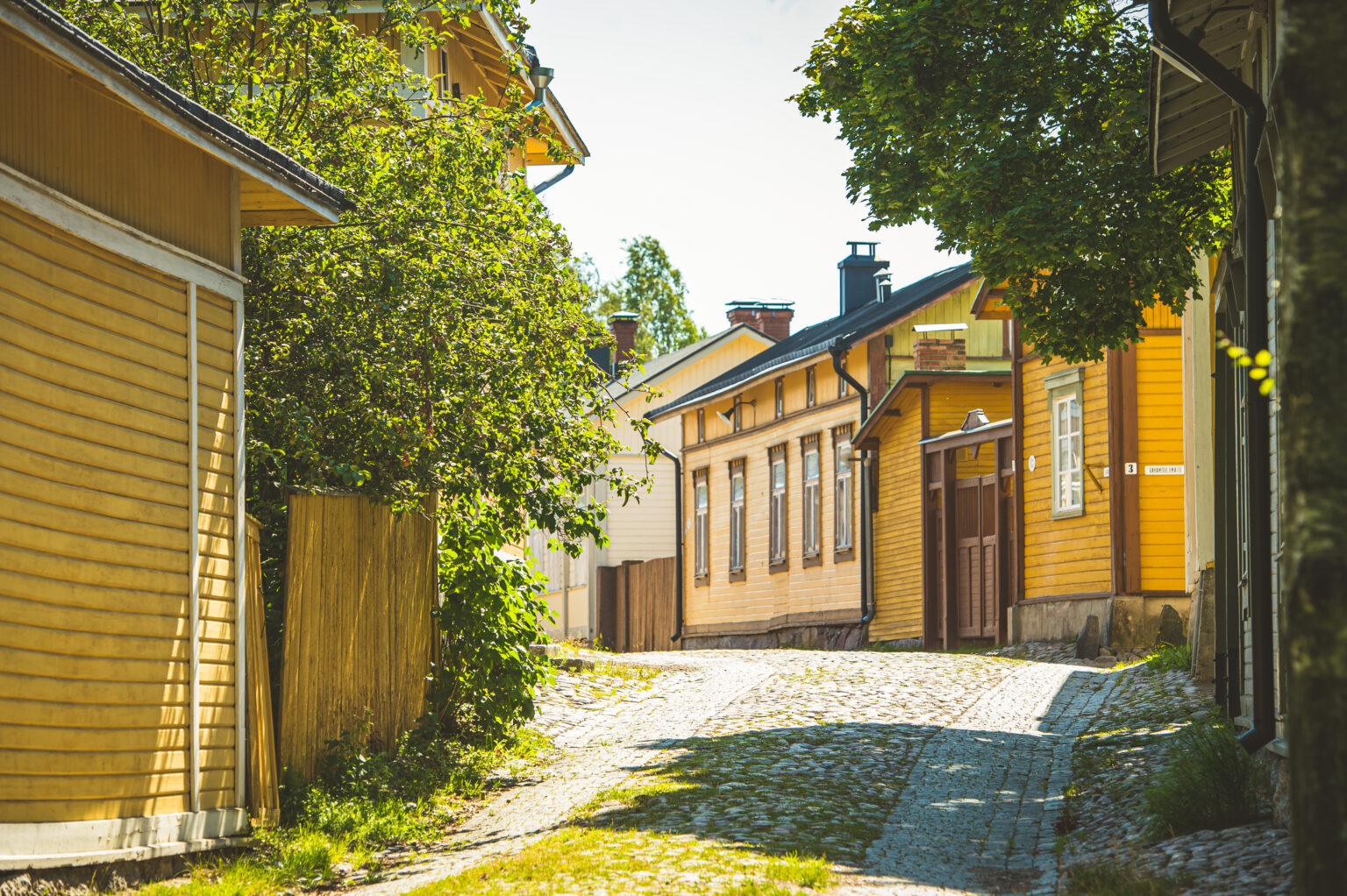MP30 – The universal value of Old Rauma
27.5.2021


Old Rauma, a UNESCO World Heritage Site, will celebrate its 30th anniversary in 2021. Old Rauma was inscribed on the World Heritage List in 1991 as a unique example of a living and well-preserved old Nordic tree city.
To mark the anniversary, the City of Rauma is publishing a series of stories on Old Rauma as a World Heritage Site for 30 years. The stories will tell interesting stories about the history and present of the area, its people and buildings. You can identify the articles related to the anniversary by the MP30 text in the title.
The universal value of Old Rauma
The creation and preservation of Old Rauma is the result of a long evolutionary process. They have required determination, vision, manual dexterity, a sense of tradition and beauty, a cultured heart, wealth, scarcity and good fortune. The preservation of Old Rauma has had to be active, persistent, committed and long-term. As a result of all of this, it has been possible for Old Rauma to be accepted as a World Heritage Site.
Historic sites have been respected for centuries. During the Enlightenment, talk of national cultural heritage began. For the first time, in 1931, an international statement was made on the protection of historic monuments. With the Second World War and the reconstruction work that followed, and the creation of UNESCO, the idea of protecting sites of international importance developed. The launch of the relocation of the Abu Simbel Temple in 1959 marked the beginning of a broad international cooperation. This development eventually led to the adoption of the Convention Concerning the Protection of the World Cultural and Natural Heritage by the UN General Assembly in 1972.
To be inscribed on UNESCO’s World Heritage List, a site must have Outstanding Universal Value. Based on the selection criteria, Old Rauma is one of the best-preserved and most extensive examples of architecture and urbanism in northern Europe, a unique example of a Scandinavian timber town and a testimony to the traditional way of living in northern Europe.
Coexistence between residents and the environment
The World Heritage status of Old Rauma is linked to the built cultural environment. The contemporary human being is a momentary part of this cultural environment. In Old Rauma, houses, environment and people are in symbiosis. The houses require constant care and restoration, and in return they provide a pleasant and multi-dimensional environment for their users. Preserving Old Rauma requires a great deal of time, effort and money from property managers, but the diverse attractions of the area create many opportunities.
Over the past 30 years, World Heritage status has contributed to the preservation of Old Rauma. Its value has been better understood locally, nationally and internationally. Old Rauma’s growing reputation has brought more tourists and business customers to the city, and increased the interest of researchers and students. The World Heritage status has led to excesses in some sites, such as too many visitors. However, the streets of Old Rauma can still cope with higher numbers of visitors. The Eiffel Tower would be just as well known without its World Heritage status, but for Old Rauma, a small wooden town on the south-west coast of Finland, the status is of great importance.
Mervi Tammi, Planning Architect, Deputy World Heritage Coordinator
Henri Raitio, Planning Architect, Deputy World Heritage Coordinator
